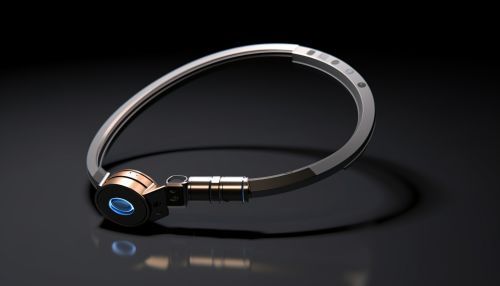Transcranial Magnetic Stimulation
Overview
Transcranial Magnetic Stimulation (TMS) is a noninvasive procedure that uses magnetic fields to stimulate nerve cells in the brain to improve symptoms of depression. TMS is typically used when other depression treatments haven't been effective. This treatment for depression involves delivering repetitive magnetic pulses, so it's called repetitive TMS or rTMS.
History
The use of magnetic fields for therapy dates back centuries, but it was not until the 1980s that Anthony Barker and his colleagues at the University of Sheffield in England developed the modern technique of TMS. The first TMS device was approved by the Food and Drug Administration (FDA) in 2008 for the treatment of major depressive disorder. Since then, the FDA has approved several TMS devices.


Procedure
The TMS procedure involves placing a large electromagnetic coil against the scalp near the forehead. The electromagnet used in TMS generates a magnetic field that passes through the skull and stimulates a small region of the brain. The magnetic field produced during a TMS session is about the same strength as that of a magnetic resonance imaging (MRI) scan.
Applications
TMS is used primarily to treat depression, but it's also being studied as treatment for a number of other conditions, including schizophrenia, stroke, Parkinson's disease, chronic pain, tinnitus, and post-traumatic stress disorder (PTSD).
Effectiveness
Several studies have suggested that TMS can have a positive effect on individuals suffering from depression. A 2010 meta-analysis of clinical trials found that TMS was more effective than a placebo in treating depression. However, the effectiveness of TMS may vary depending on the specific parameters of the treatment, including the location and frequency of the magnetic pulses.
Risks and Side Effects
TMS is generally well-tolerated and associated with few side-effects. The most common side-effect is a headache during or after TMS treatment sessions. Other side-effects can include scalp discomfort, lightheadedness, and in rare cases, TMS can cause seizures.
Future Research
Future research in TMS includes refining the technique to target specific areas of the brain more precisely. Researchers are also studying the potential of TMS to treat other disorders, such as obsessive-compulsive disorder (OCD) and autism.
